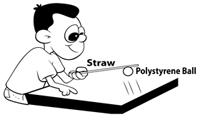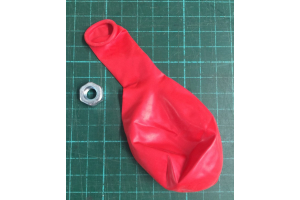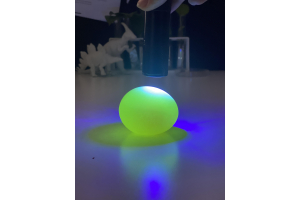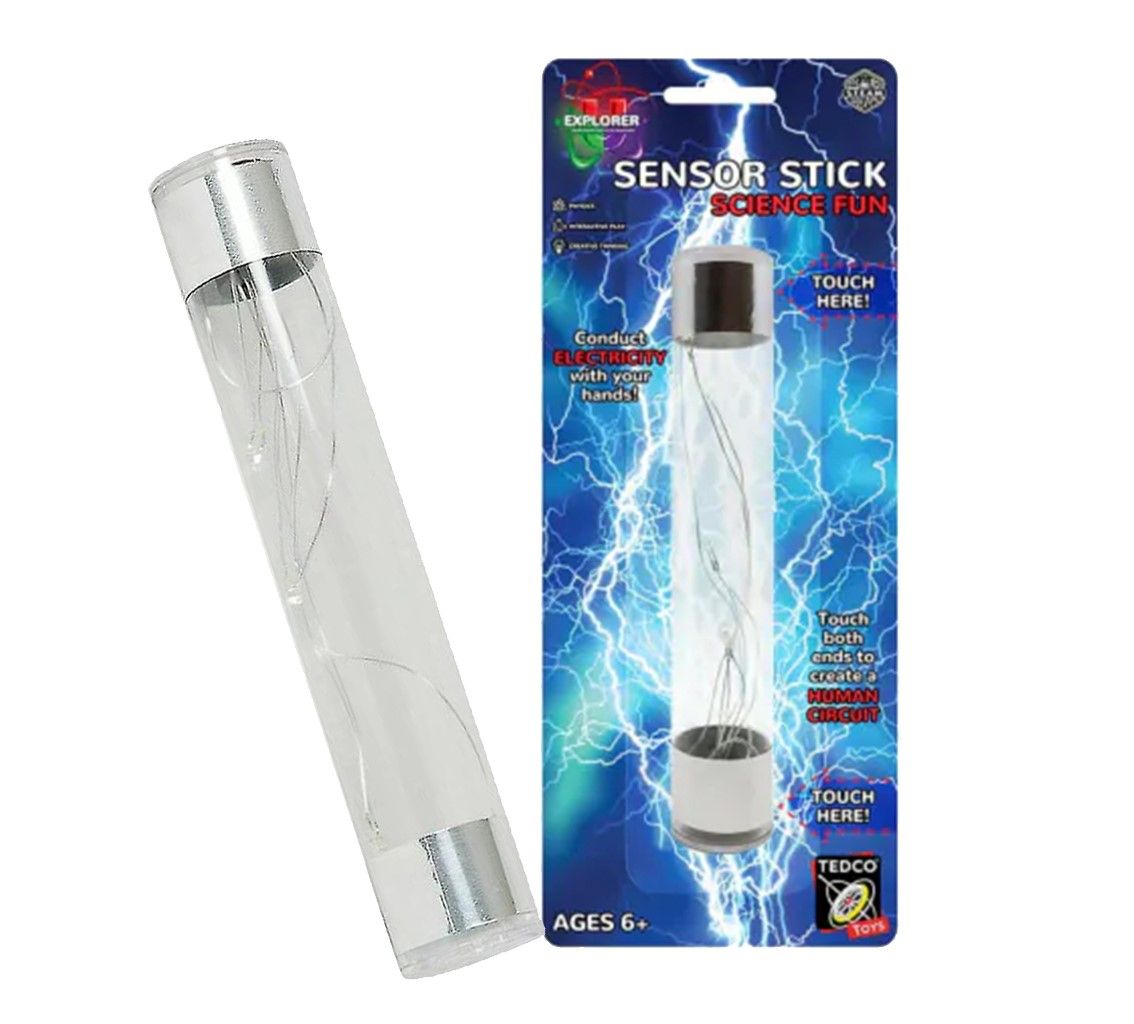Static Magic

Use static electricity to make a magic wand. Suitable for kids aged 4+
You Need:
- Polystyrene ball
- Plastic straw
- Piece of fabric (wool works best)
What to do:
- Wrap the piece of fabric around the plastic straw and rub up and down about 20 times.
- Place the now magic straw above the foam ball and watch it mysteriously jump to the straw.
- If it doesnt work the first time, rub the straw with the fabric and try again. Be patient.
- Try a different piece of fabric. Does this work better?
Why is it so?
When the straw is rubbed with the fabric it becomes electrified and has the power to attract things, like the polystyrene ball. This is static electricity at work. Read about how things become electrified below.
Super Charged
It is thought the ancient Greeks discovered electricity when they found that the mineral amber was able to attract light-weight objects like feathers when rubbed with sheepskin.
In this kit you will be doing a similar experiment by building up charge (or static electricity) on a balloon. Fun!
To understand how rubbing an object makes static electricity, you need to know about atoms. Atoms are the teeny tiny, invisible particles that make up all matter, everything around us. Inside atoms, still smaller particles, called protons and neutrons clump in a central nucleus, around which electron particles whizz.
Electrons have a negative (-) electrical charge and protons have a positive (+) electrical charge. Neutrons dont have any electrical charge. Charges of the opposite sign attract; charges of the same sign repel each other.
Atoms contain the same number of electrons and protons.Rubbing an object, like a balloon with a woollen cloth, can cause some of the electrons to detach from the cloth, in this case, and jump to atoms in the balloon. The balloon atoms now have more electrons (a negative electrical charge) and have the power to attract things.
Billions of electrons all jumping continuously from atom to atom, in the same direction from a source of power is called an electric current. You will be doing some experiments in this kit using the electric current from a battery running along a pathway (or circuit).









